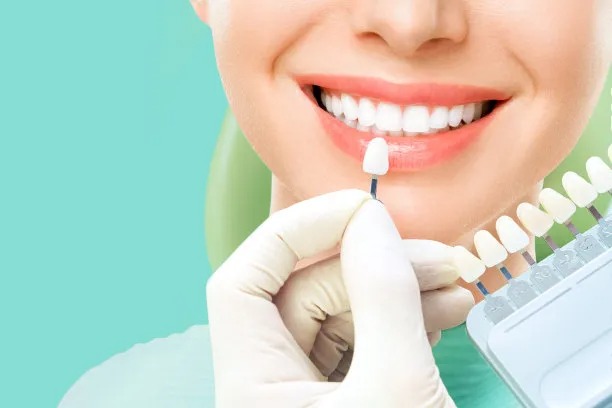The Importance of Proper Techniques and Aftercare When Extracting a Tooth for Optimal Oral Health
Summary: Tooth extraction is a common dental procedure that, when performed with proper techniques and followed by appropriate aftercare, can significantly enhance oral health. This article explores the importance of using correct extraction techniques to minimize complications, the need for skillful management of post-operative pain and signs of infection, and how comprehensive aftercare can ensure successful healing. Additionally, we will discuss the importance of patient education in understanding the extraction process and recovery steps. By maintaining a focus on optimal oral health during and after tooth extraction, we can reduce risks and ensure better outcomes for patients.
1. The Role of Proper Extraction Techniques

Proper tooth extraction techniques are critical to minimizing complications during the procedure. Dentists must possess a comprehensive understanding of dental anatomy, including the position of nerves and blood vessels, to prevent damage to adjacent structures. This knowledge enables them to perform extractions in a way that is both effective and minimizes the risk of trauma.
Using the appropriate tools and techniques, such as elevators and forceps, is equally essential for a successful extraction. A dentist trained in modern methods is adept at using these instruments in a minimally invasive manner, which can lead to reduced postoperative pain and quicker recovery times for patients. Moreover, the implementation of advanced sedation techniques can further enhance patient comfort during the procedure.
Inadequate extraction methods can result in complications, such as fractured roots or incomplete extraction, which can lead to prolonged recovery and further medical interventions. Hence, following proven clinical guidelines and protocols is indispensable for achieving optimal outcomes.
2. Post-Operative Pain Management
Effectively managing post-operative pain is crucial for patient satisfaction and recovery after tooth extraction. Specific pain management techniques, including the use of analgesics, can significantly alleviate discomfort. Dentists often recommend over-the-counter pain relievers after the procedure, but in some cases, a prescription may be warranted to control more severe pain.
In addition to medicinal approaches, non-pharmaceutical methods such as applying ice packs to the affected area can reduce swelling and numbness, providing relief after the extraction. Patients should be well-informed of these techniques to facilitate both immediate and long-term comfort.
Furthermore, patients should be monitored for any signs of excessive pain that could signal complications such as dry socket or infection. Educating patients about the normal levels of discomfort and the indicators of potential issues can empower them to seek help when necessary, ensuring a smoother recovery course.
3. Preventing Infection After Extraction
Following a tooth extraction, one of the most pressing concerns is the risk of infection. The extraction site is an open wound that requires proper care to avoid bacteria entering the area. Dentists typically provide explicit aftercare instructions, including maintaining oral hygiene and avoiding certain foods that could irritate the extraction site.
The importance of keeping the mouth clean cannot be overstated. Gentle rinsing with warm salt water can promote healing and reduce bacterial load in the oral cavity. Additionally, patients should be advised to avoid smoking or using straws, as these actions can create suction that may dislodge the blood clot vital for healing.
Moreover, understanding the signs of infection, such as fever or unusual swelling, is integral for patients. This proactive approach can lead to the early detection of complications, allowing for timely medical intervention to safeguard oral health.
4. Patient Education and Recovery Guidance
Patient education is fundamental in ensuring optimal recovery post-tooth extraction. Before the procedure, dentists should take time to outline the extraction process, possible complications, and the importance of aftercare. Equipping patients with knowledge empowers them to actively participate in their recovery.
Providing clear written instructions regarding dos and donts after the procedure is also beneficial. Patients should know what to expect during the healing process and have access to information about follow-up appointments and when to report complications.
Encouraging patients to reach out with concerns or questions fosters a transparent relationship between the dentist and the patient. This approach enhances comfort levels and assurance that their oral health remains the priority throughout their recovery journey.
Summary: The importance of proper techniques and aftercare when extracting a tooth cannot be overstated. From the advantages of professional extraction methods to the management of pain and infection, each aspect plays a critical role in ensuring a successful recovery and optimal oral health. Ultimately, patient education serves as a powerful tool that enables individuals to take charge of their post-extraction care, leading to better outcomes.
This article is compiled by Vickong Dental and the content is for reference only.



